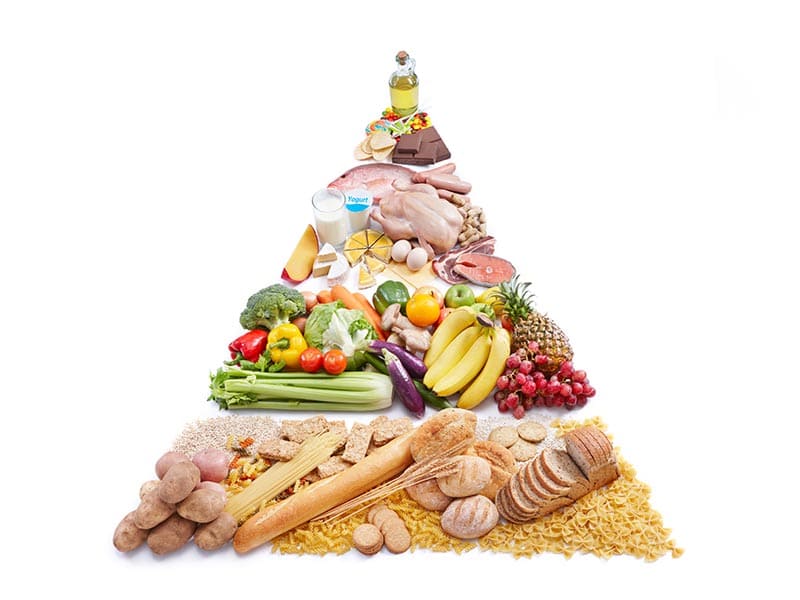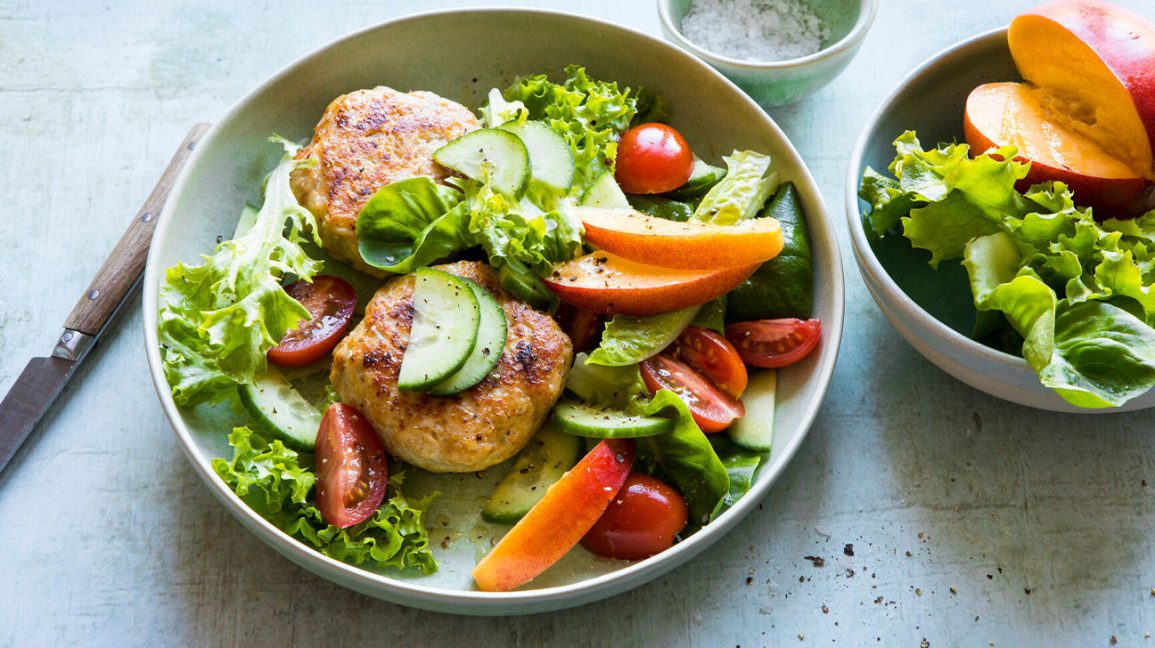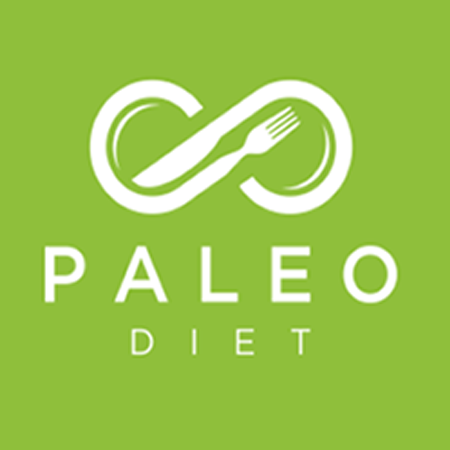
You might be curious about the Paleo diet and what you can eat. Here are some things that you should avoid in order to live healthier lives. Common additives include aspartame, calcium sorbate, monosodium glutamate (MSG), nitrates, potassium bromate, saccharin, artificial sweeteners, and GMOs.
Processed foods
Processed foods are not found in nature. These processed foods are usually manufactured in a laboratory, and they are often filled with artificial ingredients and/or preservatives. They lack nutrients, fiber, or protein. Those who follow a paleo diet will avoid processed foods. What foods should you avoid? You can read on to learn more about some foods you should not eat when following a paleo lifestyle.
Refined sugars
Paleo is a diet that prohibits the consumption of refined sugars. This means you should avoid processed, refined and table-top sugars. These products are high in additives and not good for the body. You can still eat sugars in moderation. You can also try Ezekiel bread, which is made of grains, legumes, and goat milk.
Phytic acid is found in grains

Phytic Acid is a chemical found in grains and other plants which interferes with the body's ability to absorb minerals. This is especially true in countries that have low levels of vitamin A or iron. Paleo doesn't ban phytic, however. There are some ways to minimize the impact of phytic acid. Soaking grains beforehand and cooking legumes for longer periods of time can help. However, there is no definitive answer.
Vegetable oils
Although vegetable oils are an increasingly popular addition to modern cooking, are they healthy? These oils contain both omega-3 fatty acid and polyunsaturated fatty acids that are not healthy for Paleo. Even though they are organic, well-sourced and cold pressed vegetable oils can still contain unhealthy polyunsaturated butters that are harmful to your body. Fortunately, there are ways to substitute these oils in your cooking without compromising your diet.
Fruits
Apples are a staple food on the paleo diet. While they are high in calories, they are also extremely nutritious. A normal-sized apple contains 10g of sugar and 2g of fiber. Bananas and melons, while not being considered paleo foods, are much more nutritious than apples. You might want to add one of these fruits to the menu if you're serious about following a healthy diet.
Organic fruits
Paleo means that you must only buy organic, non-GMO vegetables and fruits. Organic produce will have fewer pesticides and trace chemicals. It is possible to select organic produce that has low pesticide residues, such as items from the Environmental Working Group’s Clean 15 lists. Each year, the Environmental Working Group publishes lists that list the "dirtiest" or "cleanest" foods.
Meat

The first step when trying to eat a Paleo diet is to create a grocery list. This way, you'll stick to your plan and not get lost in the aisles of your grocery store. A grocery list will help you keep track of your shopping and also make it easier to find paleo-friendly food. Here are some Paleo-friendly foods.
FAQ
What is the best way to learn to cook?
Cooking is a skill that every person should learn. It's a great way to experience delicious food without having to learn how to cook. To learn how to cook, you must first find a recipe you like and then follow it carefully. Next, practice making small tweaks to the recipe until the dish is your own. Try cooking for others. This will improve your cooking skills as well as test your culinary abilities.
How much does it cost to study Culinary Arts?
The price of studying culinary arts varies widely. For example, a 4-year degree costs about $40,000. A two-year associate's program may be less expensive at $5,000. Tuition costs vary depending on which program you choose. The prices charged by private institutions are generally higher than the public.
What are the basics of cooking?
Basic cooking skills include reading recipes, measuring ingredients, cooking safely and cleaning up afterwards. You need to master these skills if you want to cook for your own meals. Cooking is an excellent way to save money because you don’t have the need to eat out as often.
Is there a difference in a chef and a cooker?
A chef prepares food for other people. A cook cooks for others. While both jobs involve the preparation of food, a chef interacts directly with his customers. This may mean that they might have to choose what to cook for guests depending on their preferences. A cook doesn't need to interact with clients. He or she makes sure that the food is delicious before serving it.
Do I need to attend culinary school to become a cook?
No. Many chefs started their careers by learning on their own. Some even went to culinary schools to gain practical experience. However, most chefs prefer to attend culinary school because it gives them more opportunities to learn and grow professionally. Culinary schools offer students hands-on training, which helps them build valuable skills and improve their cooking knowledge.
How much does it cost to go to culinary school?
Culinary school costs vary depending on where you go, how long you study, and what program you choose. The annual tuition average is between $10,000 and $30,000 The average student graduates with $20,000 in debt. Some programs offer scholarships, grants, or work-study opportunities.
How can I be motivated to cook?
It's fun to cook for your friends and family. It is easier to cook for yourself than for others. Try something new if you want to feel motivated to cook. This will help you learn about new techniques and ingredients. Additionally, you can learn about new ingredients and techniques by incorporating recipes from different cultures into your cooking.
Statistics
- In the United States, the category is estimated at $23.2 billion annually and is growing faster than the market. (washingtonpost.com)
- The median pay for a chef or head cook is $53,380 per year or $25.66/hour, according to the U.S. Bureau of Labor Statistics (BLS). (learnhowtobecome.org)
- On average, chefs earn $58,740 a year, according to the BLS. - learnhowtobecome.org
External Links
How To
How to make an omelet that is perfect
Omelets are one of my favorite foods to eat at breakfast. How can you make them perfectly? I've tried many recipes and different methods but none have worked. So today, I want to share some tips and tricks with you so you can make your own delicious and fluffy omelets every morning.
We should first know that eggs are very temperamental ingredients when making omelets. Eggs must be purchased fresh, preferably organic, and kept chilled until ready for cooking. The yolks and whites will not form properly if they aren't kept cold enough. Your omelets will look strangely colored if this happens. If you intend to cook your eggs immediately, it's best to use room-temperature egg.
Another tip is to separate the egg before adding it to the pan. The yolk and white should not be mixed together as this can cause the omelet's curdle.
The egg can burn if it is placed directly on the stovetop. Instead, place the egg in the microwave for 10 second before you put it in the skillet. The microwave heat is sufficient to cook the egg without overcooking.
Next, let's discuss mixing the eggs. You want to mix the eggs thoroughly before you add them. Turn the bowl upside down and grab the whisk to do this. Now shake the bowl vigorously. By doing this, the egg is thoroughly mixed with the air in the bowl.
Now comes the fun part - pouring the milk into the mixture. Pour half the milk into the beaten egg mixture and then fold in the eggs. Do not be alarmed if there are still egg streaks visible. Once the omelet flips, these streaks will disappear.
After you have folded the eggs, heat the oil in a pan over medium heat. Once the oil has started to sizzle, turn the heat down to low. Once the oil starts getting hot, add 1/4 cup of butter to the pan and swirl it around to coat the entire surface of the pan. Next, carefully open the lid and sprinkle salt into your pan. A pinch of salt will prevent your omelet from sticking in the pan.
Cover the pan once the omelet is formed and allow it to cool completely. Use a spatula to flip the omelet or turn the pan upside-down. Cook the second side for a minute or so. Take out the omelet and place it in a bowl.
This recipe works best when you use whole milk.